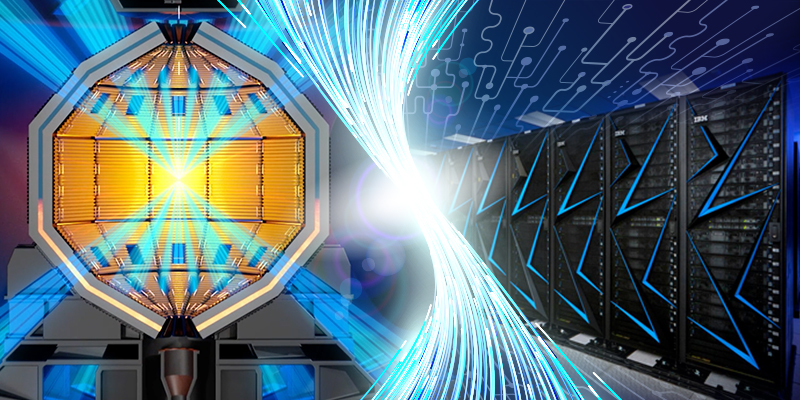Cross-cutting research areas in inertial fusion energy (IFE) are crucial for advancing fusion science and technology, serving as vital connections within the fusion energy system that facilitate synergistic integration and foster innovative breakthroughs. For instance, Artificial Intelligence (AI) and Machine Learning (ML) are powerful tools that can enhance research efforts and practical implementation strategies; by leveraging simulations alongside AI/ML algorithms, we can predict fusion performance under various conditions, optimize target design, and improve manufacturing processes. Additionally, the incorporation of additive manufacturing techniques can revolutionize component production by enabling rapid prototyping of complex geometries and customization to meet specific performance criteria. By embracing these advanced technologies—AI, ML, additive manufacturing, and robotics—we can significantly accelerate progress in inertial fusion energy.

Science and Technology Challenges & Gaps
- Develop an ecosystem of simulation and modeling tools to predict the gain in IFE- relevant target designs through integrated implosion physics and targeted physics codes
- Improve the theory and develop the simulation tools to accurately model and to enable control of laser plasma instabilities (LPIs) in IFE-relevant regimes
- Develop the next generation of computational tools capable of simulating kinetic effects in thermal and magnetized plasmas
- Improve predictive calculations of static and transport material properties under IFE- relevant extreme conditions
- Develop and employ common interoperable metadata standards built upon modern data formats like HDF5 and following the FAIR principles across all public, private, and academic participants in the IFE community.
- Develop and deploy AI/ML-enabled autonomous, multi-scale, multi-physics simulations.
